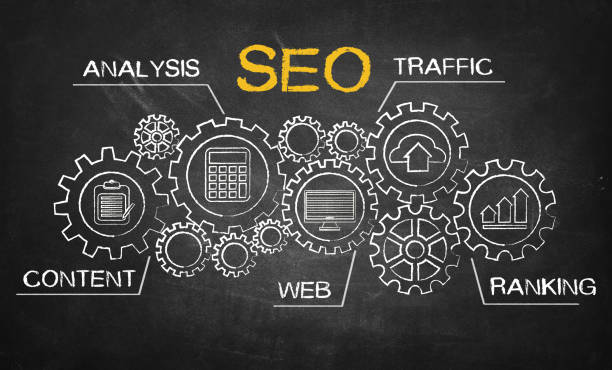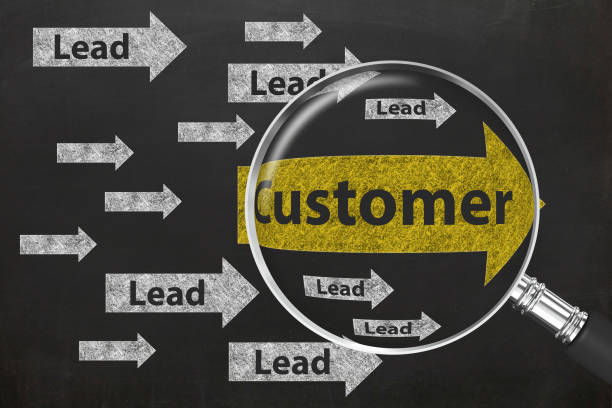The Ultimate Guide to On-Page SEO Optimization for Stellar Search Results

Search engine optimization (SEO) is the magic behind websites ranking high on search engine results pages (SERPs). On-page SEO specifically refers to optimizing the content and structure of a web page to improve its ranking for relevant searches.
This guide delves into the essential elements of on-page SEO in 2024, empowering you to craft web pages that resonate with both users and search engines.
Content is King (and Queen):
- Quality Over Quantity:
Focus on creating informative, engaging, and valuable content that addresses the specific needs of your target audience. Aim for depth and comprehensiveness rather than shallow, keyword-stuffed content. - User Experience Matters: Structure your content logically, using clear headings and subheadings to break up the text. Pay attention to readability, incorporating bullet points, short paragraphs, and visuals for a user-friendly experience.
- Freshness is Key: Search engines favor websites with consistently updated content. Regularly revisit and refresh your content to maintain its relevance and value.
Keyword Magic: Understanding Search Intent
Keywords are the terms users enter into search engines. While keyword research is crucial, prioritize understanding search intent – what users truly seek when using those keywords.
- Target the Right Keywords: Identify relevant keywords with a good search volume but manageable competition. There are various free and paid keyword research tools available online.
- Strategic Keyword Integration: Incorporate your target keywords naturally throughout your content, including the title, headings, meta description, and body copy. Avoid keyword stuffing, which can negatively impact your ranking.
Technical SEO: The Foundation of Success
On-page SEO goes beyond just content. Here are some technical aspects to optimize your web pages:
- URL Structure: Create clear, concise, and keyword-rich URLs that accurately reflect your content’s topic.
- Title Tags and Meta Descriptions: Craft compelling title tags and meta descriptions that entice users to click on your webpage in search results. Optimize them for length and include relevant keywords.
- Image Optimization: Use high-quality images but ensure they are compressed to minimize page loading time. Include descriptive alt text for accessibility and SEO purposes.
- Mobile-Friendliness: With the majority of searches now conducted on mobile devices, ensure your website offers a seamless experience across all devices. Use responsive design to automatically adjust your webpage layout for optimal viewing on different screens.

Internal Linking: Building a Strong Website Architecture
Internal linking involves connecting your web pages using relevant anchor text. This helps search engines understand the structure of your website and the relationships between different pages. It also improves user navigation and keeps visitors engaged on your site.
- Strategic Link Building: Link to relevant and high-quality internal pages that provide additional value to users. Avoid excessive linking or using the same anchor text for multiple links.
The SEO Checklist for Success
Here’s a quick checklist to ensure you’ve covered the essential on-page SEO elements:
- Compelling title tag and meta description
- High-quality, informative content targeting relevant keywords
- Strategic keyword placement throughout the content
- SEO-friendly URL structure
- Optimized images with alt text
- Internal linking to relevant pages
- Mobile-friendly responsive design
Beyond the Checklist: Keeping Up with SEO Trends
SEO is constantly evolving, and staying updated with the latest trends is vital for long-term success. Here are some tips:
- Focus on User Experience (UX): Search engines prioritize websites that offer a positive user experience. Prioritize clear navigation, fast loading times, and high-quality content.
- Embrace Voice Search: With the rise of voice search, optimize your content for natural language queries.
- Technical SEO Expertise: Stay informed about technical SEO updates and best practices. Consider consulting an SEO specialist if needed.
Conclusion
The Ultimate Guide to On-Page SEO Optimization for Stellar Search Results

Search engine optimization (SEO) is the magic behind websites ranking high on search engine results pages (SERPs). On-page SEO specifically refers to optimizing the content and structure of a web page to improve its ranking for relevant searches.
This guide delves into the essential elements of on-page SEO in 2024, empowering you to craft web pages that resonate with both users and search engines.
Content is King (and Queen):
- Quality Over Quantity:
Focus on creating informative, engaging, and valuable content that addresses the specific needs of your target audience. Aim for depth and comprehensiveness rather than shallow, keyword-stuffed content. - User Experience Matters: Structure your content logically, using clear headings and subheadings to break up the text. Pay attention to readability, incorporating bullet points, short paragraphs, and visuals for a user-friendly experience.
- Freshness is Key: Search engines favor websites with consistently updated content. Regularly revisit and refresh your content to maintain its relevance and value.
Keyword Magic: Understanding Search Intent
Keywords are the terms users enter into search engines. While keyword research is crucial, prioritize understanding search intent – what users truly seek when using those keywords.
- Target the Right Keywords: Identify relevant keywords with a good search volume but manageable competition. There are various free and paid keyword research tools available online.
- Strategic Keyword Integration: Incorporate your target keywords naturally throughout your content, including the title, headings, meta description, and body copy. Avoid keyword stuffing, which can negatively impact your ranking.
Technical SEO: The Foundation of Success
On-page SEO goes beyond just content. Here are some technical aspects to optimize your web pages:
- URL Structure: Create clear, concise, and keyword-rich URLs that accurately reflect your content’s topic.
- Title Tags and Meta Descriptions: Craft compelling title tags and meta descriptions that entice users to click on your webpage in search results. Optimize them for length and include relevant keywords.
- Image Optimization: Use high-quality images but ensure they are compressed to minimize page loading time. Include descriptive alt text for accessibility and SEO purposes.
- Mobile-Friendliness: With the majority of searches now conducted on mobile devices, ensure your website offers a seamless experience across all devices. Use responsive design to automatically adjust your webpage layout for optimal viewing on different screens.
Internal Linking: Building a Strong Website Architecture
Internal linking involves connecting your web pages using relevant anchor text. This helps search engines understand the structure of your website and the relationships between different pages. It also improves user navigation and keeps visitors engaged on your site.
- Strategic Link Building: Link to relevant and high-quality internal pages that provide additional value to users. Avoid excessive linking or using the same anchor text for multiple links.
The SEO Checklist for Success

Here’s a quick checklist to ensure you’ve covered the essential on-page SEO elements:
- Compelling title tag and meta description
- High-quality, informative content targeting relevant keywords
- Strategic keyword placement throughout the content
- SEO-friendly URL structure
- Optimized images with alt text
- Internal linking to relevant pages
- Mobile-friendly responsive design
Beyond the Checklist: Keeping Up with SEO Trend
SEO is constantly evolving, and staying updated with the latest trends is vital for long-term success. Here are some tips:
- Focus on User Experience (UX): Search engines prioritize websites that offer a positive user experience. Prioritize clear navigation, fast loading times, and high-quality content.
- Embrace Voice Search: With the rise of voice search, optimize your content for natural language queries.
- Technical SEO Expertise: Stay informed about technical SEO updates and best practices. Consider consulting an SEO specialist if needed.
Conclusion
On-page SEO is an ongoing process, but with consistent effort and a focus on quality content and user experience, you can significantly improve your website’s ranking and visibility in search results. Remember, SEO is a marathon, not a sprint. By implementing these strategies and staying updated with the latest trends, you can ensure your website thrives in the ever-changing world of search.

2 thoughts on “The Ultimate Guide to On-Page SEO Optimization”